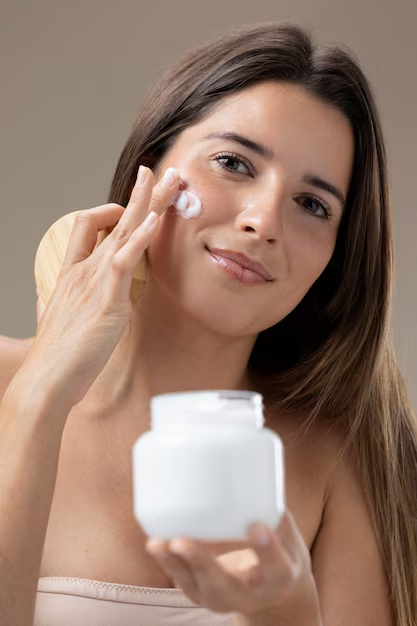In the world of skincare, retinol cream stands out as a powerhouse ingredient known for its ability to transform the skin’s appearance and address a range of common concerns. Whether you’re looking to reduce the appearance of fine lines and wrinkles, minimize pores, or improve skin texture, retinol cream has earned its reputation as a go-to solution for many skincare enthusiasts. In this comprehensive guide, we will explore the benefits, uses, and considerations of incorporating retinol cream into your skincare routine.
Understanding Retinol: What is it and How Does it Work?
Retinol is a derivative of vitamin A, a key nutrient that plays a crucial role in maintaining healthy skin. When applied topically in the form of retinol cream, it undergoes a process of conversion within the skin to retinoic acid, the active form that interacts with skin cells. Retinoic acid works by encouraging cell turnover, promoting collagen production, and increasing the skin’s renewal process. This leads to smoother, firmer, and more youthful-looking skin over time.
Benefits of Retinol Cream
1. Anti-aging Properties
One of the most well-known benefits of retinol cream is its anti-aging properties. By stimulating collagen production and promoting cell turnover, retinol helps to diminish the appearance of fine lines, wrinkles, and age spots. Regular use of retinol cream can lead to a more youthful complexion and improved skin texture.
2. Acne Treatment
In addition to its anti-aging benefits, retinol cream is also effective in treating acne. Retinol helps to unclog pores, reduce inflammation, and regulate oil production, making it an ideal choice for those dealing with breakouts and blemishes. It can also help fade acne scars and hyperpigmentation over time.
3. Improving Skin Texture
Retinol cream can help improve overall skin texture by smoothing rough patches, reducing the appearance of pores, and increasing skin firmness. With regular use, it can result in a more even, radiant complexion that looks and feels healthier.
How to Incorporate Retinol Cream into Your Skincare Routine
When introducing retinol cream into your skincare routine, it’s important to start slowly and build up frequency over time to allow your skin to adjust. Here are some tips for incorporating retinol cream effectively:
1. Start with a Low Concentration
Begin with a lower concentration of retinol, such as 0.25% or 0.5%, to minimize the risk of irritation and sensitivity. As your skin becomes accustomed to the product, you can gradually increase the concentration if needed.
2. Apply Retinol Cream at Night
Retinol can make the skin more sensitive to sunlight, so it’s best to apply retinol cream at night and follow up with a broad-spectrum sunscreen during the day. This helps protect your skin from potential sun damage and allows the retinol to work its magic while you sleep.
3. Use Moisturizer
To prevent dryness and irritation, always follow up your retinol cream application with a hydrating moisturizer. This helps maintain the skin’s moisture barrier and reduces the likelihood of experiencing side effects like peeling or redness.
Considerations and Side Effects
While retinol cream offers numerous benefits for the skin, it’s essential to be aware of potential side effects and considerations when using this potent ingredient. Some common side effects of retinol cream include:
- Dryness and Peeling: Retinol can cause dryness and peeling, especially when you first start using it. Using a gentle moisturizer can help alleviate these symptoms.
- Sensitivity: Retinol may increase skin sensitivity, making it more prone to irritation from other skincare products or environmental factors. It’s important to be mindful of how your skin reacts and adjust your routine accordingly.
- Redness and Irritation: Some individuals may experience redness and irritation when using retinol cream, particularly if they have sensitive skin. If these symptoms persist, consider reducing the frequency of use or consulting a dermatologist.
Choosing the Right Retinol Cream
When selecting a retinol cream, it’s essential to consider factors such as concentration, formulation, and additional ingredients. Look for products that are formulated with stable retinol derivatives, come in opaque packaging to prevent degradation, and are free of potential irritants like fragrances and dyes. Additionally, opt for retinol creams that suit your skin type and concerns, whether you have dry, oily, combination, or sensitive skin.
Conclusion
In conclusion, retinol cream is a powerful skincare ingredient that can deliver remarkable results when used correctly. By understanding its benefits, incorporating it into your skincare routine gradually, and being mindful of potential side effects, you can harness the transformative power of retinol to achieve a clearer, smoother, and more radiant complexion. Whether you’re looking to combat signs of aging, address acne concerns, or improve overall skin texture, retinol cream has the potential to revolutionize your skincare regimen and help you achieve your skincare goals.





